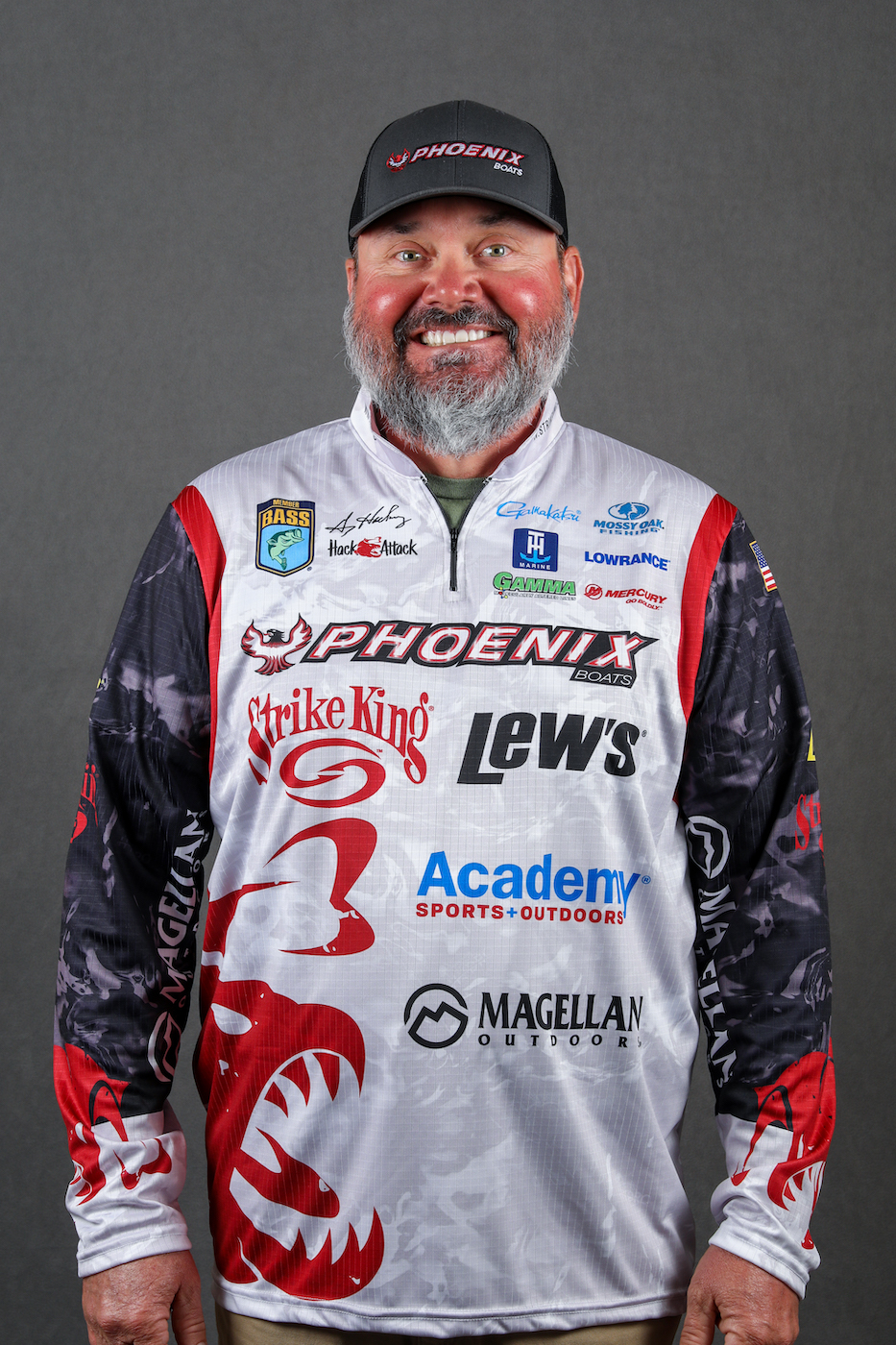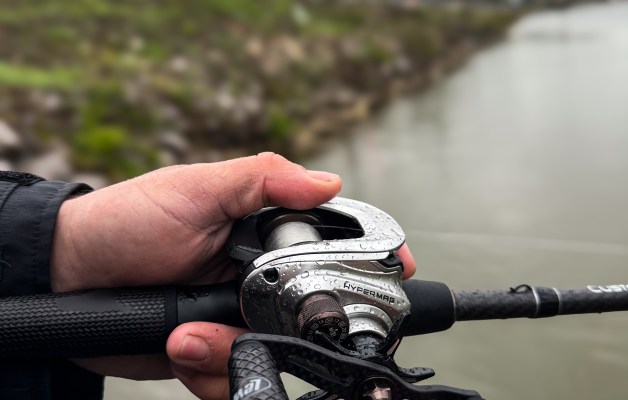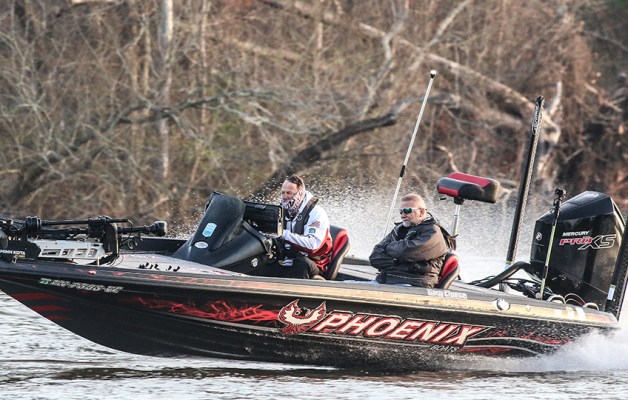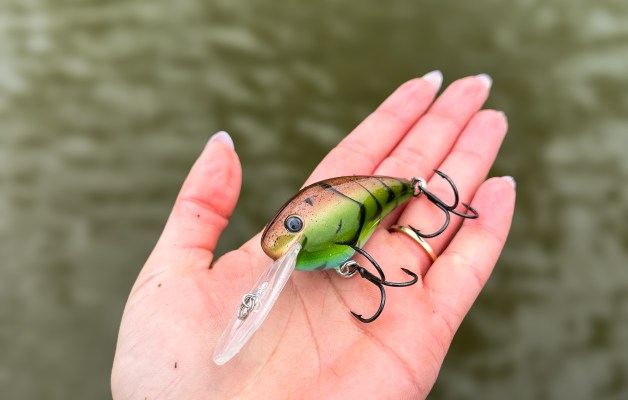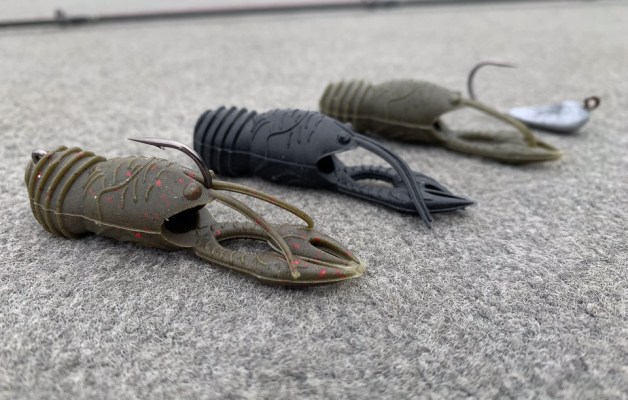In my last column I said we’d talk this time about jig size. We’re still going to talk about jigs, but I think a better way to approach the subject is to talk about four must-have models, along with what you should be looking for when you buy your next assortment.
We’ll not talk about head shape. That’s a subject for another column, and besides, head shape is like a lot of other things — everyone has an opinion and not all of them are wrong. My best advice for you is to use whatever you think works best for where and how you fish.
For the same reasons we’re not going to cover color selection or rattles.
Before we go any further we need to put one thing out front: I fish exclusively with Strike King jigs. Some of them were designed by me. You can fish with whatever you want, but I’m happy with what I have.
Flippin’ jig
This one is obvious. Everyone needs a good flippin’ jig. The thing is, though, you need one that’ll work through heavy grass, heavy wood or both. To do that efficiently it needs to be designed weight forward and the line tie must be properly placed.
The weight forward aspect seems to be a no-brainer, at first, but if you think about it for a minute it’s more complex than you thought. The weight needs to be out near the nose. If there’s any lead or tungsten on the shank of the hook, or back near the shank, avoid that particular model.
The line tie is even more important. Avoid any jig with a line tie in the 60-90 degree range. What happens is that the line tie will hit something — usually a limb — and stop. When you pull it to make it come loose it’ll pop off and then the hook point will grab the wood. At best you’re out a good spot to fish, at worse you’re out a lure.
A couple of other factors in a flippin’ jig you should consider are the hook and the weedguard.
You want a hook that’s heavy and that won’t bend. Most of the time you’ll be flippin’ and pitchin’ with braid or heavy fluorocarbon line. The last thing you want is a hook that bends when a fish gets hung in a mess of wood and grass. You didn’t hook her so you could release her 30 feet from the boat. The weedguard needs to be stiff and durable, too. If it bends too easily it’ll let the hook hang.
Structure jig
This jig is designed for all-purpose work. It should catch bass in 2 feet of water and in 50 feet of water. You should be able to cast it 15 feet or 60 yards. It’ll need to be weight forward, like your flippin jig, but you’ll want more flex in your weedguard and in your hook.
The flex in the weedguard is common sense. The cover you’ll fish with a structure jig isn’t as heavy with a flippin’ jig so you don’t need as much protection. And, a thinner, more flexible hook will penetrate easier without the risk of having to winch a big bass out of heavy cover. Besides, your line will most likely be a lot lighter.
A structure jig can stand more of an angle on the line tie but never more than 60 degrees. No matter what style of jig you’re fishing with, you need a fairly straight pull back to your rod tip. It’s the best overall design.
Next time we’ll talk about swim jigs and finesse jigs. After that we’ll look into the advantages and disadvantages of different shapes of heads.

